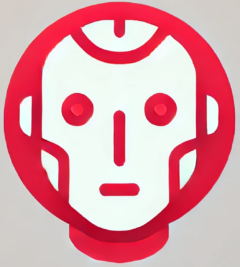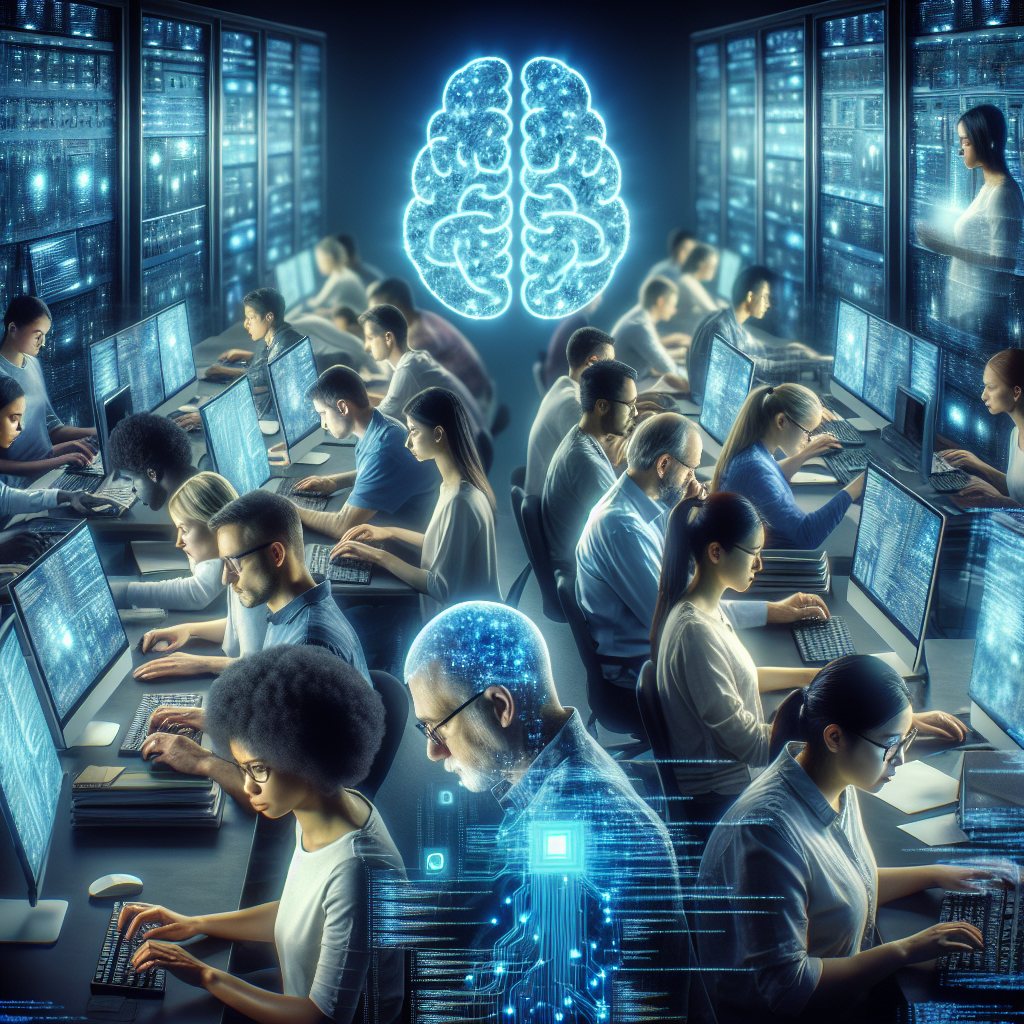Uncovering the Human Side of AI
In the early days of computing, behind every blinking machine sat a group of women known as “computers”—human beings manually calculating complex equations for ballistic trajectories or space missions. Decades later, the illusion that machines now think for themselves is persistent. But peel back the sleek interface of a chatbot or an AI-generated image, and you’ll often find a global network of anonymous workers powering it all. Uncovering the human side of AI reveals a reality far more nuanced than the headlines about automation and machine learning suggest.
The Invisible Workforce Behind Artificial Intelligence
While AI strides forward with astonishing speed, the technology frequently relies on low-paid labor to function properly. Companies that develop AI models often need thousands of hours of data labeling, moderation, and evaluation—tasks that machines can’t do alone. This work is typically outsourced to contract workers in developing countries, who earn modest wages to perform repetitive yet critical duties.
These workers tag images, transcribe audio, and rate responses from language models—all so that the AIs you interact with appear intelligent and coherent. Far from autonomous, these systems are, in many ways, co-created by humans in the background.
What Does AI’s Hidden Labor Look Like?
The hidden labor that supports today’s AI systems includes:
- Data Labeling: Annotating images, video, and text so AI can “learn” from accurate examples.
- Content Moderation: Filtering toxic or inappropriate content from AI-generated results.
- Human Feedback Channels: Rating and reviewing AI outputs to continuously improve machine learning algorithms.
- Language Translation and Transcription: Helping multilingual models understand nuanced sentences.
These tasks are often performed on platforms like Amazon Mechanical Turk, Appen, and Scale AI, turning gig workers into silent engineers of the digital future.
The Ethical Implications of Hidden Labor
It’s tempting to think of AI as an impartial, genius-driven machine. However, recognizing the human side of AI forces us to confront real ethical concerns. Workers doing data annotation often face:
- Low Pay: Tasks are frequently compensated at rates far below minimum wage in wealthier countries.
- Job Insecurity: Most workers are classified as freelancers without benefits or employment protections.
- Exposure to Harmful Content: Moderation tasks may expose workers to violent, sexually explicit, or distressing material with little psychological support.
These realities prompt urgent questions about responsibility, transparency, and the future of labor in an AI-driven world.
Toward a More Transparent AI Economy
If we want to responsibly harness the promise of artificial intelligence, we must make the invisible visible. That includes:
- Democratizing AI design by involving diverse people in its creation.
- Ensuring fair wages and safer work environments for those involved in training data and moderation.
- Advocating for clearer regulatory standards that protect human labor behind AI.
Organizations like Oxfam have long called attention to labor inequities and are beginning to turn their focus toward the digital gig economy powering AI. Ethical awareness now must evolve just as quickly as the technology itself.
Conclusion: Seeing the People Behind the Code
Uncovering the human side of AI isn’t just about ethics—it’s about accuracy. Without acknowledging the workforce curating our algorithms, we perpetuate myths about machine intelligence. AI isn’t magic, and it certainly isn’t autonomous. It’s the product of thousands of hidden hands, eyes, and minds. If we want a truly just and effective AI-driven future, we must look beyond the code to the people holding it all together.

